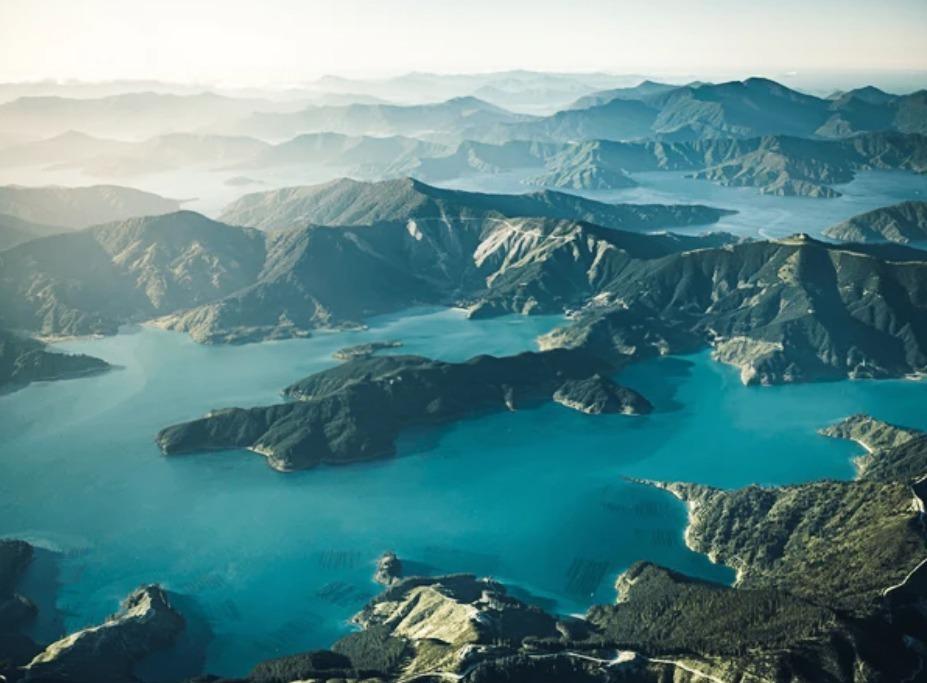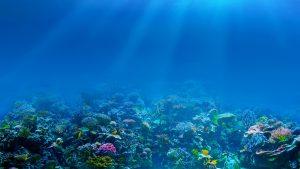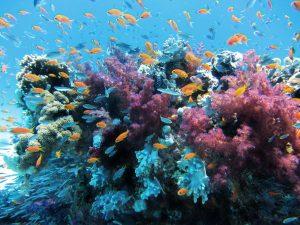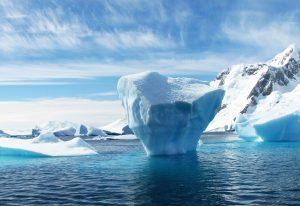In the vast expanse of New Zealand’s exclusive economic zone (EEZ), a silent carbon treasure lies buried at the bottom of the ocean, awaiting discovery and understanding. A groundbreaking report, led by Niwa, has unveiled the staggering revelation that more than 2.2 billion tons of organic carbon are concealed in the marine sediments of New Zealand’s marine estate. This marks not only a first-of-its-kind stocktake of organic carbon but also a crucial step toward comprehending the intricate dynamics of our planet’s carbon cycle.
The Carbon Connection
To grasp the significance of this discovery, we must recognize the role of marine organisms in sequestering carbon. Similar to how plants draw carbon from the atmosphere on land, marine organisms play a pivotal role in capturing and storing carbon beneath the waves. As these organisms break down and sink to the seafloor, they contribute to the vast reservoir of organic marine carbon that remains locked in sediments for thousands, or even millions, of years.
The Threat of Disturbance
However, the silent world below faces a growing threat – human activity. The report highlights concerns about activities such as bottom trawling, dredging, and offshore infrastructure installation, all of which can disturb the delicate balance of marine sediments. When these sediments are disrupted, they can be released into the water column, transforming into organic carbon before finding their way into the ocean or atmosphere as carbon dioxide.
Mapping Vulnerabilities
The report’s comprehensive analysis goes further, mapping the density of organic carbon in marine sediments within New Zealand’s EEZ. It reveals that approximately two-thirds of the carbon is stored in areas deeper than 1500 meters, with another quarter found in continental slopes. Surprisingly, Fiordland’s fiords house 8% of this carbon, emphasizing the need for targeted protection in seemingly small but ecologically significant areas.
Call to Action
Parliamentary Commissioner for the Environment Simon Upton emphasizes the urgency of understanding and protecting these carbon stores, drawing parallels with the importance of preserving carbon in terrestrial soils. The report urges consideration of marine protected areas as a potential solution, highlighting the need for a collective effort to safeguard our oceans’ hidden carbon treasures.
Environmental Implications
Otago University marine scientist Professor Abby Smith notes that the report provides essential data for regulating bottom disturbance in some areas. As we continue to grapple with climate change, it is crucial not to overlook the importance of oceanic soil. Marine sediments can store up to 20 times more carbon than land, making their protection a key component of New Zealand’s climate change response.
The depths of New Zealand’s oceans hold secrets vital to our understanding of the global carbon cycle. The Niwa-led report serves as a wake-up call, urging us to recognize the significance of these marine carbon stores and take action to protect them. As we navigate the challenges of a changing climate, let us not forget the hidden treasures beneath the waves – treasures that hold the key to a sustainable future for our planet.







